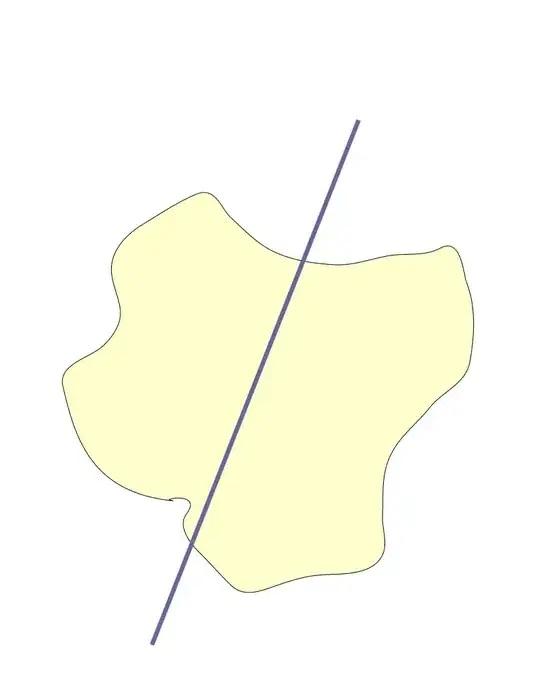Karl, higher dimensions are defined so as to be analogous to 2-D and 3-D. This means analytical definitions of orthogonality, distance, and so on must be preserved.
To "visualise" 4-D and up, you can start by visualisation exercises with 4-cubes or think about arrays in programming. $array[i][j][k][l] is a four-dimensional array for example. If you took all of the possible combinations of 0 and 1 in that array -- for instance [0,1,0,0], [1,1,0,0], [0,1,1,1] and so on -- you would have a data structure that's equivalent to a 4-cube or tesseract. You can generate these in R using the combn() function.
Here's another example: imagine a 4-sequence of 4 stock prices progressing in parallel, second by second. Record all the seconds for a single trading day and you have a day-long 4-D vector. That's four-dimensional data. I could have looked at 500 stock prices progressing in parallel and that would be 500-dimensional data.
The Titanic data set in R is another accessible example of 4-D data (age, sex, class, survival).
As for hyperplanes, think about this:
- a line splits a circle
- a plane splits a sphere
- a hyperplane splits a ... whatever comes next.
Squiggly or blobby higher-dimensional shapes are called "manifolds", by the way.
Below are examples of functions that map data to higher dimensions.
- $f(x,y) = (x, x, x, y, y)$. $f$ is like copying and pasting whole columns in a table or array. $f$ maps 2 dimensions to 5.
- $g(x,y) = (x, \ x+1, \ x^2, \ x \cdot y, \ y^3 + y^5 - y^4 + 55)$. $g$ maps 2 dimensions to 5.
- $h(a, b, c, d, e) = (a + b + c + d + e, \ a \cdot b \cdot c \cdot d \cdot e)$. $h$ maps 5 dimensions to 2.
- Here is another function $j$ that maps 5 dimensions to 2: $j(a, b, c, d, e) = (a, e)$. $j$ is like erasing the middle columns of your data. In math books this may be called projection.
- Here is one, $\theta$, that's used in a common SVD example: separating an inner ring from an outer ring. $\theta(x,y) = (x^2, \ \sqrt{2} \cdot x \cdot y, \ y^2)$ (that's mapping how many to how many dimensions?)
- Here is one more function just to demonstrate that letters, numbers, or greeks can be used: $\gamma_{\eta}(a, b, c, d, e) = (0, 5)$. This one has a complicated name but it maps any 5-dimensional input to the same 2-D point, which is a "trivial" thing to do.
As you can see you just count the commas inside the parentheses to figure out how many dimensions you've got (plus one).
Hope this helps.

